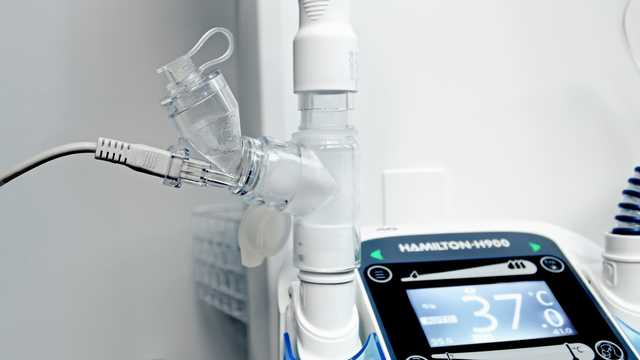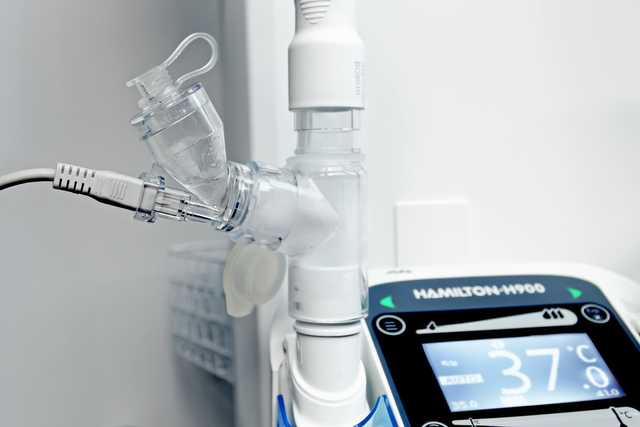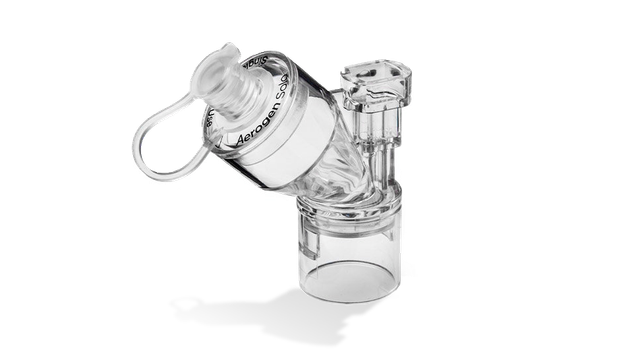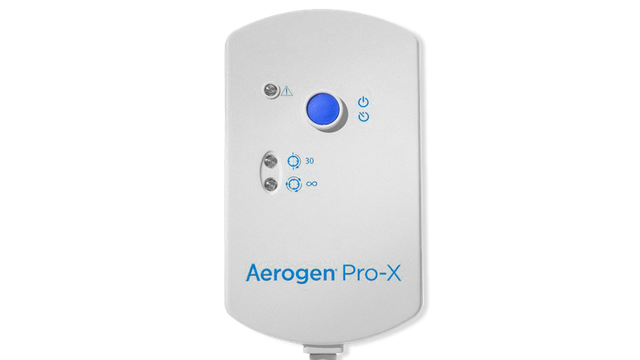Footnotes
- A. For US users, the Aerogen USB Controller should only be operated from mains power using the Aerogen USB Controller AC/DC Adapter.


We offer nebulization solutions from Aerogen, the world’s leading manufacturer and distributor of high-performance technology for delivering aerosol medication treatment.

Vibrating mesh technology produces consistent droplet-sized particles:

Throughout the hospital, the Pro-X Controller provides power for Aerogen technologies in a portable device.

The slimline Aerogen USB controller can be used to power the Aerogen Solo from the USB port on your ventilator (